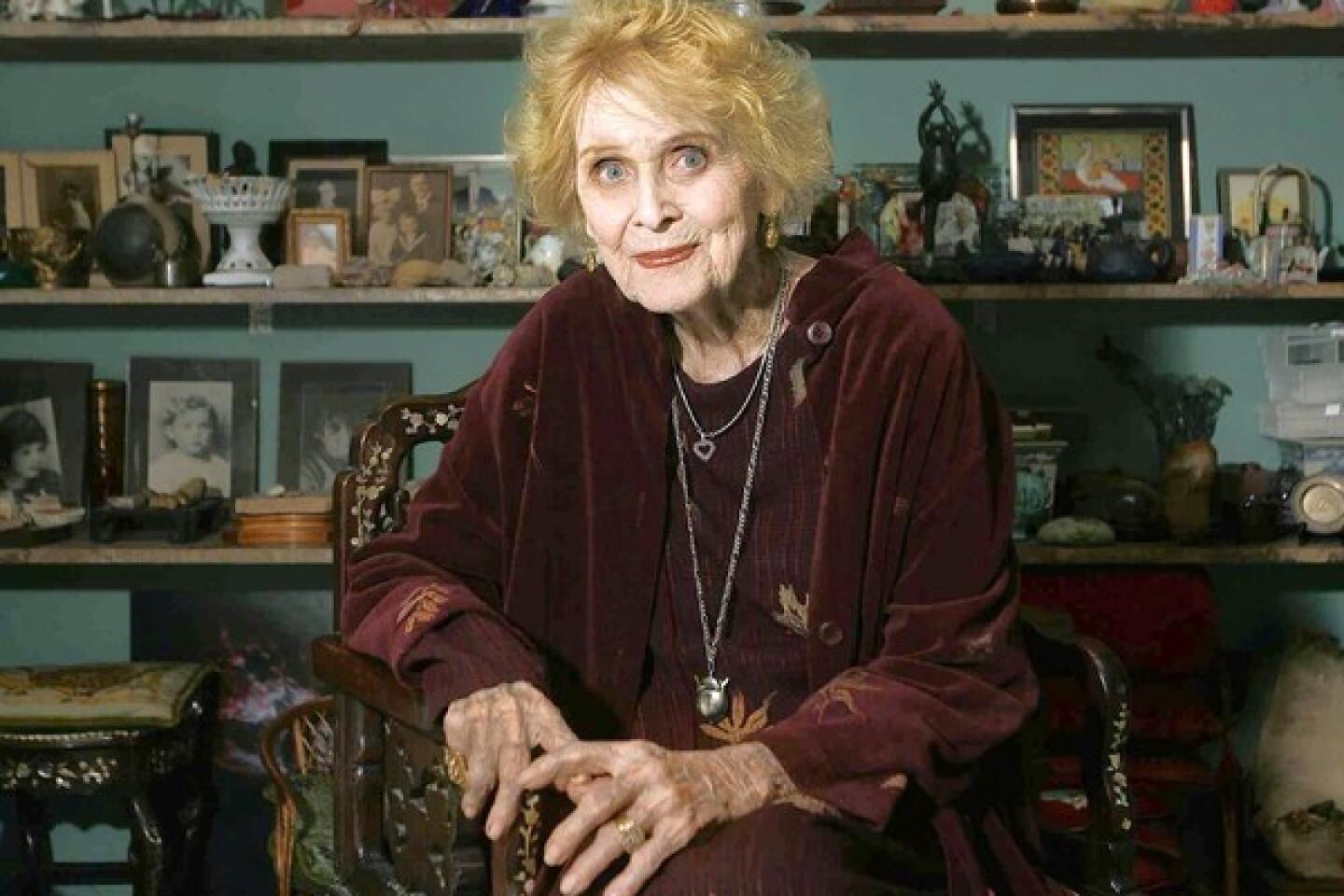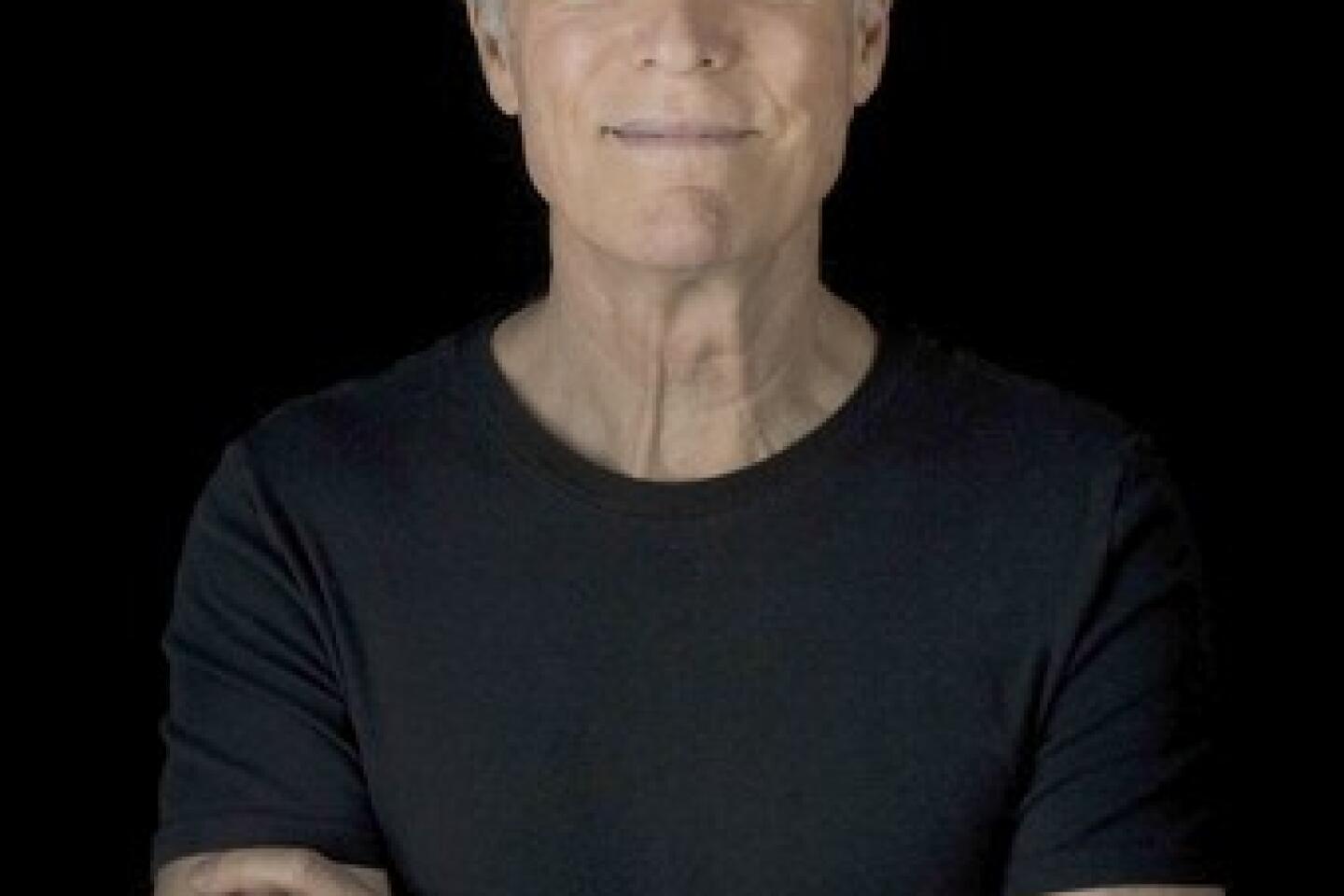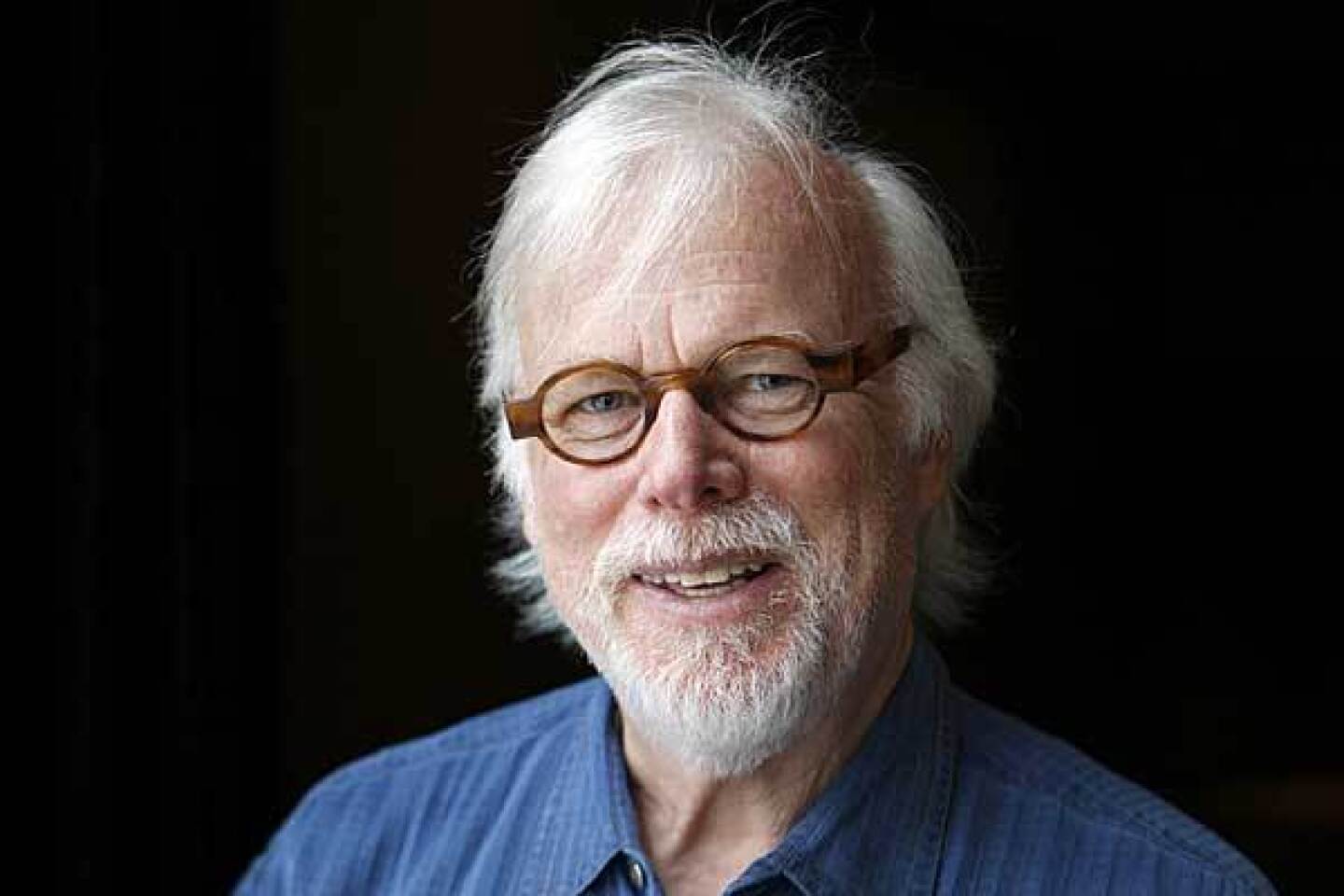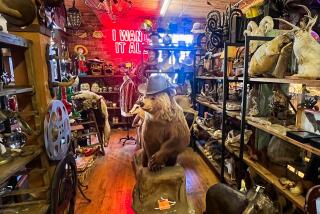An epic restoration effort
There will be a lot of history on display Monday night when the American Cinematheque presents Cecil B. DeMille’s 1956 epic “The Ten Commandments” starring Charlton Heston as Moses and Yul Brynner as the power-mad pharaoh, Rameses — and not just of the biblical kind.
FOR THE RECORD:
“The Ten Commandments”: An information box accompanying the Classic Hollywood column about the restoration of “The Ten Commandments” in the Oct. 13 Calendar section said that the film would screen at the Egyptian Theatre in Hollywood at 7:30 p.m. Monday. The screening is at 7 p.m. —
“Ten Commandments” has a special place in Hollywood lore: It was DeMille’s last film and made Heston a superstar. The blockbuster is being shown at the Cinematheque’s Egyptian Theatre in Hollywood, which is celebrating its 88th birthday that night.
The screening also marks the premiere of the new digital restoration of the road show version of the film (road show versions were generally longer than versions at local theaters and were screened in movie palaces with reserved seating and bookings running for as long as nine months).
The film will be introduced by two key figures at Paramount Pictures responsible for the restoration: Andrea Kalas, vice president of archives, and Ronald F. Smith, vice president of restoration. In addition to the UCLA Film & Television Archive and the motion picture academy’s archive, every major studio in town has its own archive division working to restore and preserve its rich, historical library, and Paramount is no exception. But last year, Kalas, who had worked for the British Film Institute and other archives, was brought on staff to beef up the studio’s archival mission.
Noted Kalas: “It was a chance to look back and say, what can we do with this archive? Are there preservations that need to be done? Are there restorations that need to be done? What about the props and costumes?”
Kalas has been urging Paramount to build a museum on the lot. “I think in a lot of ways when people come to do the tour on this lot, opposed to other lots, this is the closest they can sort of get to a tangible sense of the concept of Hollywood. A museum would really illustrate that much better. If we did an exhibition on ‘Sunset Boulevard,’ which sort of stars the Paramount lot and has DeMille in it, it would give a window into the history of motion pictures through Paramount. That is the concept we are trying to get across. It is not greenlit yet.”
One project being worked on now is a title-by-title inspection of the films in the archive to see which ones might need additional digital restoration. Two films Kalas is eager to work on are 1927’s “Wings,” the first film to win the best picture Oscar, and 1957’s “Funny Face” with Audrey Hepburn and Fred Astaire.
Since Kalas joined the company, the 1951 Technicolor classic “The African Queen,” starring Humphrey Bogart in his Oscar-winning role and Katharine Hepburn, has been digitally restored and released on DVD. Now comes the unveiling of “The Ten Commandments,” which also will be released on DVD in the future.
“Commandments” was shot in Paramount’s high-resolution VistaVision, a large-screen format introduced in 1954 and continued for seven years. Film generally goes through a camera vertically, but with VistaVision it went through horizontally. “Instead of four perforations, which you have in a normal 35-millimeter frame, there were eight, so it was capturing twice the information in that horizontal form,” says Kalas. “It has a lot more resolution.”
Although no film has been shot entirely in VistaVision in nearly 50 years, Kalas points out that the format is still used today in effects-heavy films that need that kind of resolution. “It was George Lucas when he made ‘ Star Wars’ who realized it was a useful format. He did a lot less digital effects then, and he needed that kind of resolution to layer on all the effects.”
Because Paramount has a VistaVision projector on the lot, it was able to make a print from the original negative. “We showed it on the lot here to see what it was like physically and what the color was like and how you could manipulate it,” says Smith.
DeMille’s granddaughter Cecilia DeMille Presley also was brought in to consult on the color.
The end result, says Kalas, is stunning in its sharpness and clarity. “There’s every color in the rainbow,” Kalas adds. “There are amazing scenes where the costumes are so complex in color. DeMille knew he had to do something to, hopefully, bring in a huge box office. He spent an enormous amount of time making sure everything was right. We felt a huge sense of obligation.”
susan.king@latimes.com
More to Read
The biggest entertainment stories
Get our big stories about Hollywood, film, television, music, arts, culture and more right in your inbox as soon as they publish.
You may occasionally receive promotional content from the Los Angeles Times.













